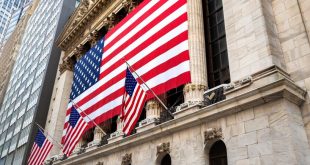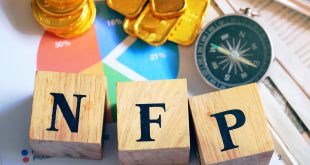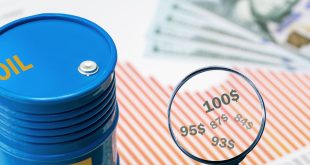The US economy is expected to slow in 2022 in comparison to 2021, but economic growth will continue at a pace that is above average. Consumers have powered the economic recovery since mid-2020 and that will continue in the coming year.
Consumer spending is expected to rise another 4% to 5% in 2022 and GDP is expected to grow by roughly 4.5%. The COVID-19 omicron variant is shaping up to be the wild card of early 2022 and it could delay the rebalancing of the US economy.
If omicron disrupts the services industry, the majority of consumer spending will again revert to goods, compounding supply chain and inflation problems. However, at this early stage, Omicron is expected to have only a modest impact on the economy.
If the global economy is to perform well in 2022, it will do so despite three significant headwinds: a persistent pandemic, monetary tightening in the US and slowing growth in China. As the third year of the pandemic unfolds, the COVID-19 virus is still in control of the world economy, and it will likely remain so through much of the first half of the year.
The ongoing threat of virus mutations that could evade vaccines will keep economic uncertainty unusually high. Nevertheless, strong consumer demand throughout much of the developed world will keep the economy humming.
The pandemic has significantly altered how our economy functions, with the greatest impact coming from what we consume. Through October, in 2021 Americans spent 18% more on goods and about 1% less on services than they did in 2019. Compounded by a labor shortage, it is easy to see why supply chains have become one of the biggest economic challenges of the pandemic — demand has significantly exceeded the capacity of our existing system.
The coming year will hold perhaps some of the most challenging monetary decisions that the Federal Reserve has faced in over a decade.
Fed Chairman Jerome Powell has acknowledged that inflation could remain elevated well into 2022, and the Fed is now expected to accelerate the tapering of its monthly securities purchases.
The Fed will want to extend the economic recovery as long as possible before raising interest rates. But it will also be cognizant that the longer inflation remains elevated the higher the likelihood that it leads to a perpetuating cycle of higher prices and higher wages. Both Chair Powell and President Biden will want to prevent that from happening.
As the USA looks ahead to a new year, the federal policy machinery is very focused on a few key factors that will impact the ability of the administration to lead and Congress to legislate. COVID-19 has lingered far longer than everyone hoped and continues to cast a long shadow on Capitol Hill. While the House has passed the Build Back Better bill, the Senate has not moved the bill, a key piece of the president’s agenda. Both the House and Senate agriculture committees plan oversight hearings in 2022 to begin the farm bill planning for 2023.
Americans experienced lots of turbulence in 2021. Next year is also likely to bring big changes as much as recovery is concerned.
Omicron, Delta, high inflation, record home prices, major labor and supply shortages turned 2021 into a difficult time for the economic economy and Americans are likely to face more big surprises in 2022.
While that is important and timely work, the widely expected change in partisan control of Congress following the 2022 elections may render much of that work perfunctory. Legislative expectations should be modest for 2022.
Government data released Wednesday showed trouble spots for the world’s second largest economy in November. Residential housing prices fell for a third consecutive month, a sign that an ongoing property crisis continues to deepen. Retail sales also struggled, suggesting that coronavirus outbreaks and the government’s “zero-Covid” approach of locking down areas where the virus flares up are taking their toll on the economy.
Analysts say that these problems aren’t going away, as new outbreaks force companies to close factories in key manufacturing regions.
Government efforts to ease policies and help the economy “will only cushion the resulting slowdown,” they added.
After emerging from 2020 as the only major economy to record growth, China this year has been dealing with a lot of threats to continued expansion. An energy shortage hobbled industrial output for much of this year as the country struggled to balance its need for electricity with efforts to tackle the climate crisis.
China’s top leaders have already expressed concerns about the prospects for growth. At a key policy meeting last week, they acknowledged that the economy faces “triple pressures: contracting demand, supply shocks and weakening expectations.”
The world’s second biggest economy is still expected to grow by 7.8% in 2021, according to Macquarie Capital. But Larry Hu, chief China economist for Macquarie, warned that the “broad downtrend is set to continue into the new year”.
While an official GDP target of more than 6% in 2021 was “low hanging fruit,” he added, “defending 5% for next year is a hard task.

 Noor Trends News, Technical Analysis, Educational Tools and Recommendations
Noor Trends News, Technical Analysis, Educational Tools and Recommendations




